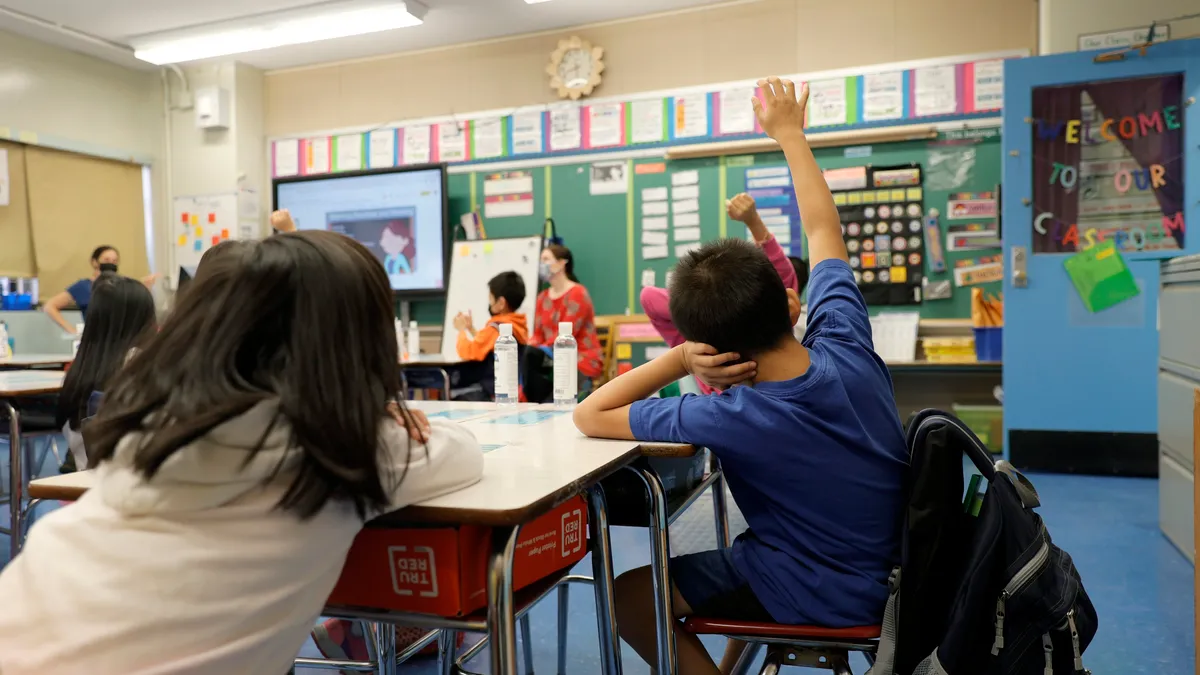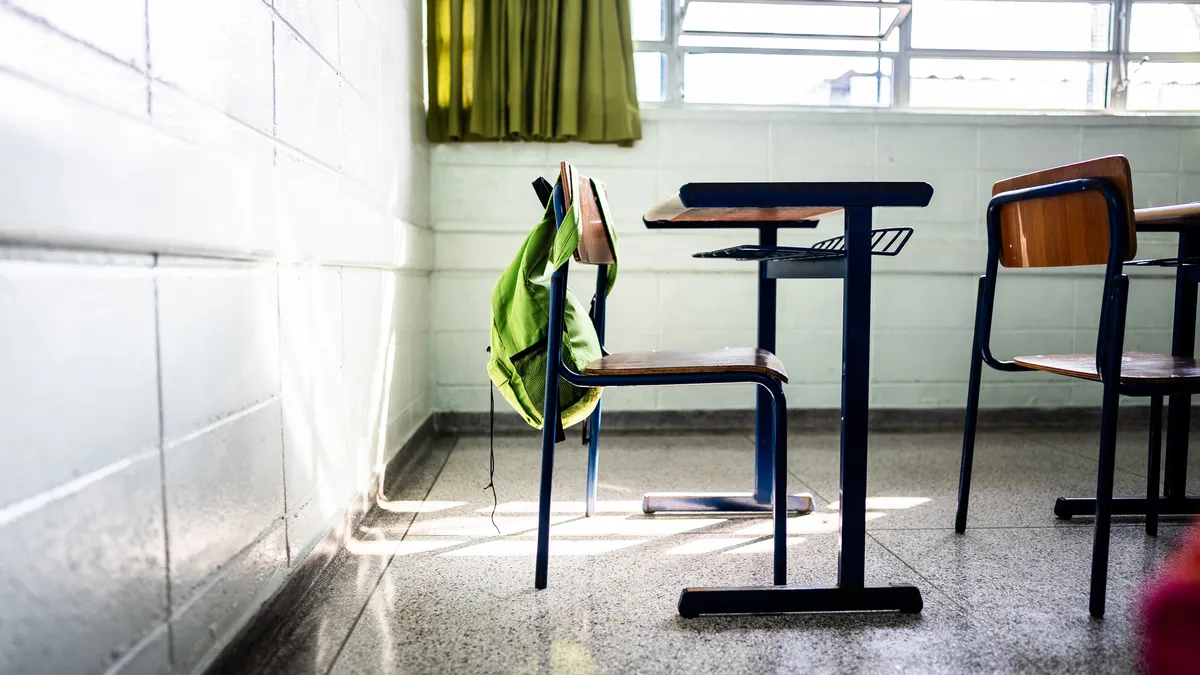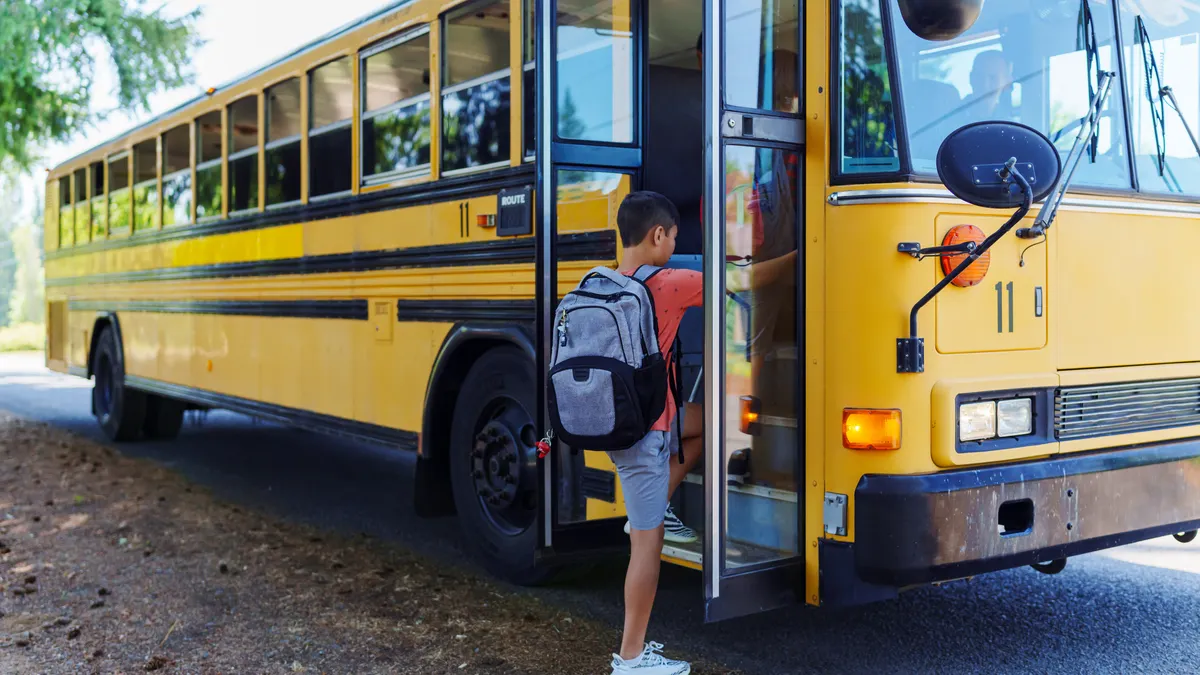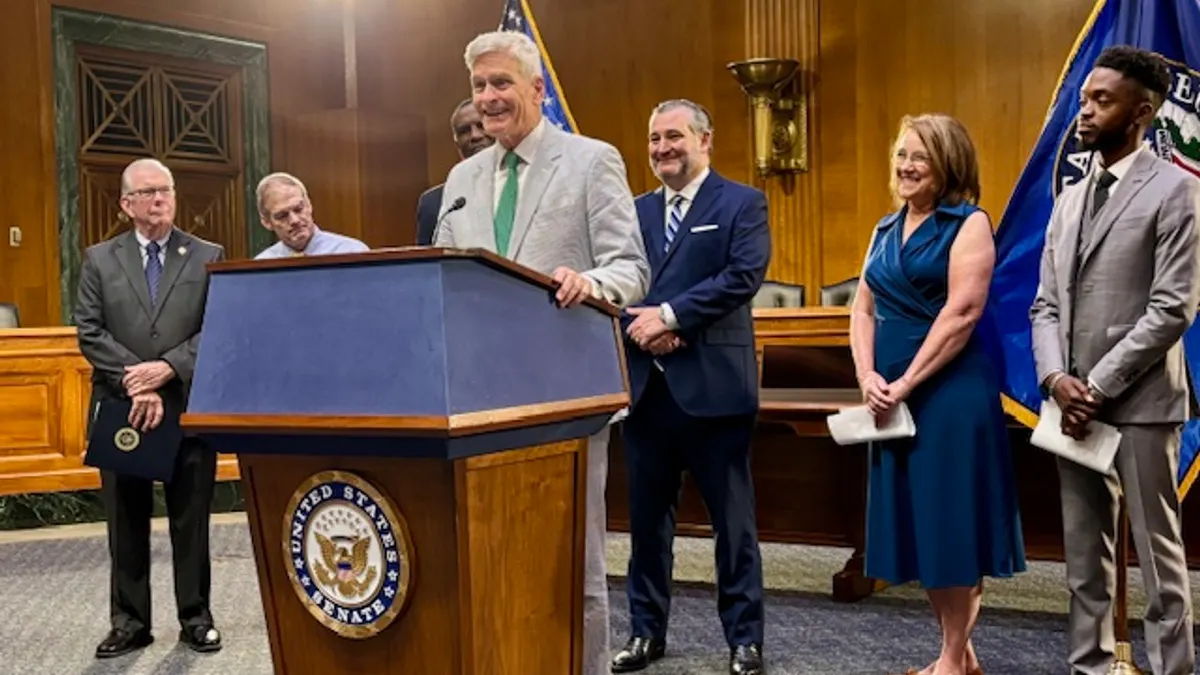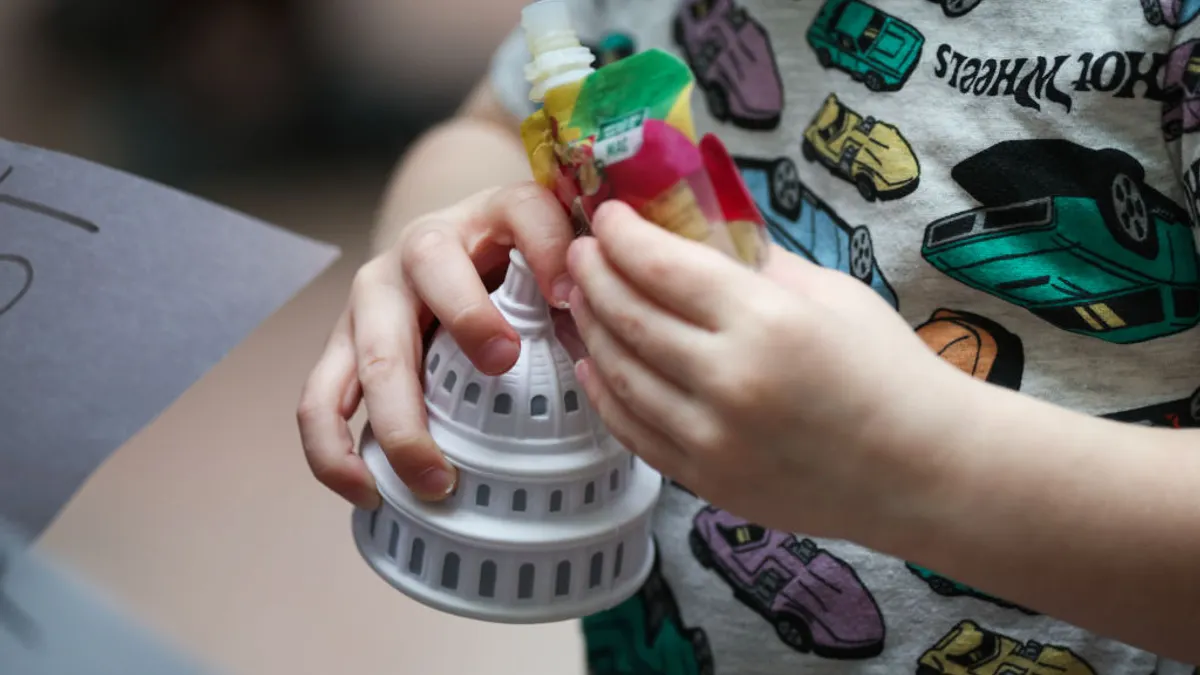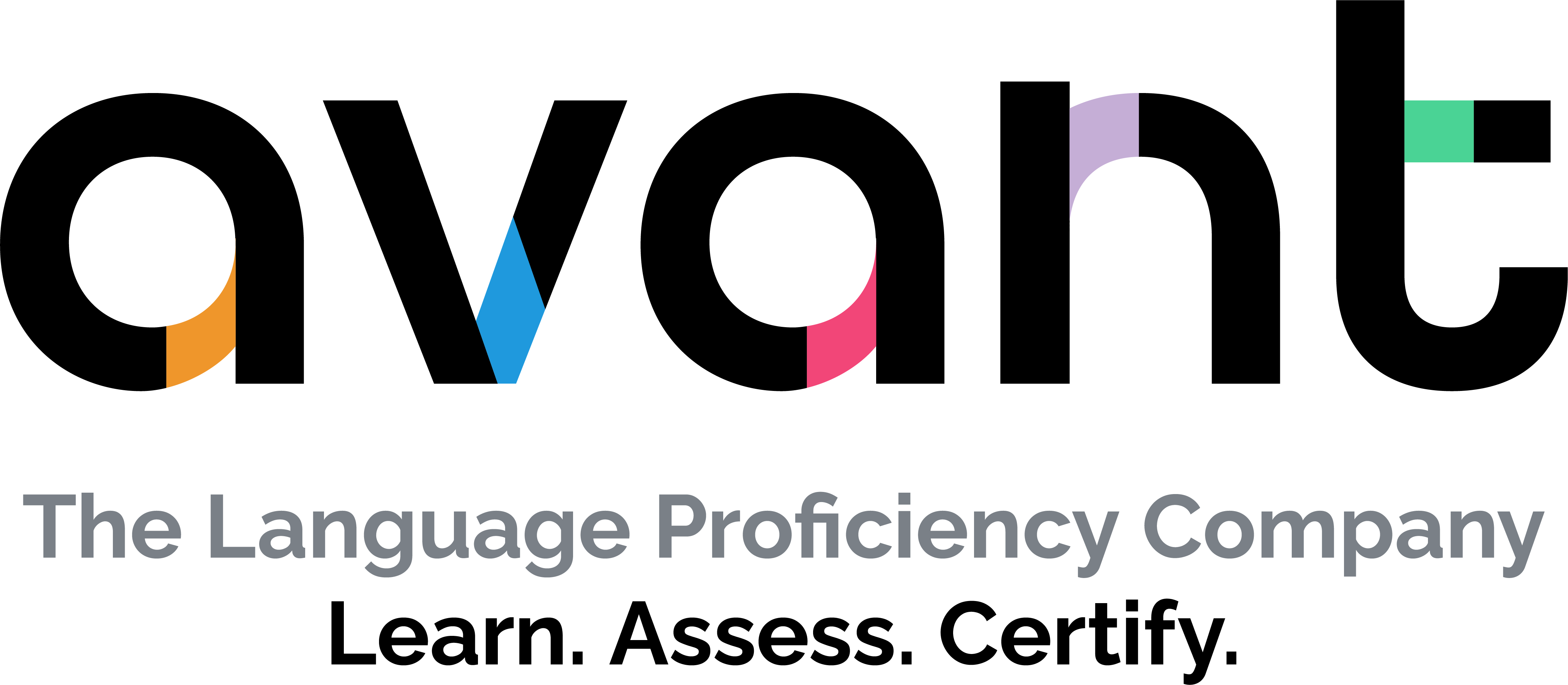Christopher Thomas is director of partnerships at the Yidan Prize Foundation and social entrepreneur in residence at Stanford University’s Graduate School of Education.
“We face an existential choice ...”
So starts the report from UNESCO’s International Commission on the Futures of Education. Bearing in mind looming crises of climate change, inequality, fraying societies and erosion of democracy, the report calls for a new social contract in education — a fundamental rethinking of the purposes of education and the ways it is delivered.
Reports from special commissions often use vivid language. The words are familiar: We are at a turning point, a crossroads, a fork in the road, etc. They suggest if we take certain decisions now, we can dramatically alter the course of history.
If education is at a crossroads, my message is simple: Keep driving.
Widespread growth of education was one of the great drivers of progress in the last century. Education provided opportunity. It built the skills, research capabilities, and social and civic attitudes that underpin the vibrant societies we take for granted today. It accounts for the improving quality of life in much of the world.
Education systems are shaped by many diverse social, political, and economic conditions. There is no single best road to take in developing a system. This is why UNESCO refers to the futures of education. The good news is that we know a great deal more about education now than we did 20 or 30 years ago. And that knowledge provides useful guideposts along the road as countries make their choices.
Since 2017, the Yidan Prize has been awarded to outstanding researchers and practitioners in education. The Yidan community is also expanding, gathering multi-disciplinary experts to form the Council of Luminaries. Like the UNESCO Commission on the Futures of Education, they believe the path to the renewal of our society needs to place education at the center. They embrace its potential to shape a generation of locally rooted leaders who will build a more inclusive, peaceful and sustainable world.
A few of the guideposts their works suggest:
First, make teachers and school leaders a priority. They will determine whether children realize their aspirations. And their vision, relationships, creativity, and initiative will reshape the system. School systems will come out ahead when they gather evidence on teacher effectiveness and provide teachers with access to research and training in how to use it. Leadership will be stronger when it becomes more inclusive and focuses on building capacity of its teacher corps.
Second, encourage educators to incorporate the new, science-based research on early childhood development and early learning environments. Infancy and early years of education are an intense period of development. Neuroscience is showing us how the infant brain develops, providing insights into how children learn and suggesting good educational practices.
“The early brain is born to learn, ready to learn, and when certain conditions are met, kids can soar,” says Patricia Kuhl, co-director of the University of Washington Institute for Learning and Brain Science.
Children benefit immensely from learning environments that are joyful, social, and encourage curiosity, inquisitiveness, and agency. Research is also helping with early identification of certain neurodiverse learners, and for suggesting effective remediation.
Third, help educators to reimagine schooling and curricula. For too long, children’s learning has been harmed by a misbegotten belief in innate intelligence and fixed talent.
Educational testing is too often used to distribute educational opportunities, based on a flawed assumption that narrowly focused tests measure capability for future achievement. Schools of the future should measure more of what matters — not just academic achievements but social-emotional skills, problem solving, teamwork, mindsets, and citizenship. And educators should make it their mission to develop the talents of each and every student, knowing everyone has the potential to grow.
Personalized and student-driven learning is taking off. It’s important to place students at the center of education — students need to develop agency and expertise as part of the process of learning, while educators need to foster social interaction that is the foundation of motivation and curiosity.
Fourth, embrace possibilities for digital learning. Online learning can make education much more widely available and enhance learning. Capabilities are improving by leaps and bounds, bringing new digital tools that can help support good teachers and school systems to be more effective. Technology provides the opportunity for children and teens to share their cultural learning practices with peers across countries and widen their perspectives about the world of learners.
Blended learning may very well become more the norm, based on a growing understanding of what works well face-to-face, and the new opportunities online learning opens for engagement across boundaries — be they institutional, social, economic, or geographic.
Students will earn credentials from a variety of sources. Learning will be more self-paced, social, active, and technologically enabled. To make this a reality, schools will need to begin now to balance investments in bricks and mortar with investments in bits and bytes. And we need equitable access to the internet and digital commons.
As the UNESCO Commission notes, navigating the future of education requires deep reflection on what kind of society we want to build, and a social contract to arrive at that point. It is a long journey but one worth taking. It will be helped to the extent that education systems build their capacity to innovate and learn from experimentation to inform decisions along the way.
The Yidan researchers and practitioners are particularly excited by the idea that a strong commitment to equity could drive innovation. Improving education for people who need it most — children marginalized in current systems by poverty, gender, geography, ethnicity and disability — will ultimately strengthen the voice of those groups. When the drive for education is met by strong, human centered approaches to finding new solutions, great change can happen. Let’s keep driving!


